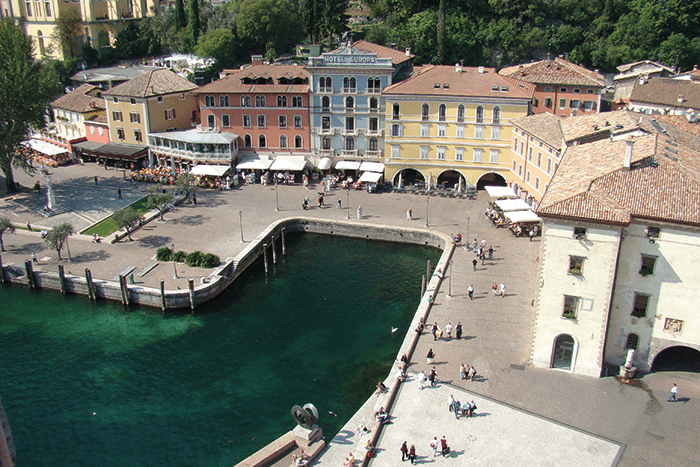
Beautiful Riva del Garda (Italy) played host to the 40th International Symposium on Capillary Chromatography and the 13th GC×GC Symposium in late May. Here, a select group of attendees tell us what stood out from an impressive crowd. “Unexpected insights are always the most impressive – all the more so if they also offer a glimpse of a new horizon. The lecture from Restek’s Roy Lautamo on 3D printing of capillary columns was such a highlight. Printing of capillaries is not such an obvious idea, and the presentation offered both historical roots and a visionary approach. Roy’s very lively story began with solutions, included modeling results, and finally described a convincing path to alternative and potentially improved separation columns of the future.” – Peter Boeker, University of Bonn, Germany.
“The presentation of the Golay Award to Rob Synovec was most eye-catching for me. It meant utterly deserved recognition for Rob, but also for the field of chemometrics. Smart data handling and data treatment is increasingly important in analytical science, and Rob Synovec has been a leader in this field for many years. There were other interesting contributions with a chemometric flavor as well, such as that of the ferocious (looking) Martin Lopatka, who is using incredibly smart statistical methods to obtain forensic evidence from GC×GC data.” – Peter Schoenmakers, University of Amsterdam, the Netherlands. “What struck me as very interesting were the opening remarks from Pat Sandra’s plenary lecture. He stated that LC×LC will become more important than GC×GC in the future, because it can handle more complex samples. Further, a key to the development of LC×LC (and GC×GC for that matter) has been the availability of commercial systems. While not a seasoned practitioner, I have recently had the opportunity to contemplate the power of LC×LC while on sabbatical with Luigi Mondello and Paola Dugo in Messina. Given the solutions from major instrument manufacturers and the range of separation modes available, the application space of LC×LC seems quite limitless. Certainly, as Sandra stated and demonstrated, an area where it can be immediately extremely powerful is in the protein analysis space.” – Kevin Schug, University of Texas at Arlington, USA.
“Pat Sandra’s lecture on the latest developments of 2D-LC for the enhanced analysis of macromolecules was of great interest to me, because it signified an endorsement of multidimensional chromatographic techniques. A similar evolution occurred in conventional 1D chromatography: GC evolved first (in the 1950s), and LC then followed (about a decade later). Today, a large share of the market belongs to LC, but GC is still relevant. Pat’s lecture to me was an announcement that multidimensional chromatographic techniques are now here to stay, which is quite exciting indeed.
I was also very impressed with the high quality content of the multi-dimensional GC lectures and posters that I attended. While some people lamented the fact that they were not able to attend every GC×GC talk because of the split sessions, I actually take that as a positive sign of the growth of the technique. After all, we do not expect to be able to hear every lecture on conventional GC when we go to Pittcon or ACS, do we? We need to get used to the fact that, just like at those conferences, we need to pick and choose which talks we go to, or plan on bringing more people for full coverage of all sessions. I shared many wonderful conversations with young scientists over the week, and I look forward to seeing more of this at future ISCC/GC×GC conferences.”
– Jean-Marie (John) Dimandja, Georgia Institute of Technology, USA.




